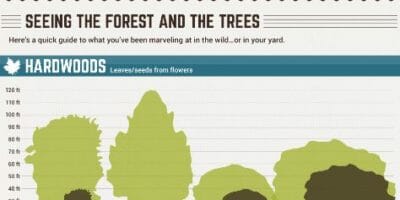Seasonal Tree Stewardship: Techniques For Correctly Handling Trees Prior To And After They Are Removed
Seasonal Tree Stewardship: Techniques For Correctly Handling Trees Prior To And After They Are Removed
Blog Article
Web Content Writer-
When it involves seasonal tree care, ensuring appropriate administration before and after removal can considerably impact the health and appearances of your landscape. By understanding the required steps involved in assessing tree health and getting ready for elimination, you can proactively secure your home. But what concerning the important practices to follow once the tree is gone? Keep tuned to discover the vital post-removal care steps that will help you grow a successful and sustainable setting for your trees.
Pre-Removal Tree Care
Before addressing the elimination of a tree, it's vital to prioritize pre-removal tree treatment. Begin by examining the tree's wellness and structural integrity. Seek indicators of illness, bug invasions, or any architectural problems that may present a safety and security threat during removal. It's necessary to seek advice from a qualified arborist to determine the best course of action.
Trimming dead or infected branches can protect against additional damage to the tree and ensure a smoother removal process.
In addition, think about the ecological impact of removing the tree. Trees play an important duty in our environment, so growing a new tree in an appropriate location can assist offset any loss. Guarantee that you have the required authorizations and approvals for tree elimination, particularly if the tree is protected by regional laws.
Seasonal Maintenance Tips
Analyzing your tree's requirements throughout the year is critical for its wellness and long life. To maintain your trees in top problem, adhere to these seasonal upkeep ideas.
In spring, concentrate on trimming to remove dead or broken branches and urge new development.
Summer season requires regular watering, specifically during dry spells, to ensure your tree remains hydrated.
As loss techniques, watch out for very early indicators of illness or stress and anxiety, and take into consideration applying compost to shield the roots throughout winter.
In winter season, be cautious when removing snow from branches to prevent breakage, and continue to monitor your tree's general health.
Keep in mind to change your treatment routine based upon the particular needs of your tree species and neighborhood environment. By staying mindful and positive throughout the periods, you can aid your trees prosper and flourish for several years to find.
Post-Removal Tree Treatment
To guarantee the wellness of your landscape also after tree elimination, correct post-removal treatment is crucial. After a tree is gotten rid of, it's important to load the remaining opening with topsoil and small it to avoid settling. arborist enterprises will assist keep the integrity of the ground and protect against potential dangers in the future.
Think about planting brand-new plant life in place of the removed tree to recover the balance and looks of your landscape. Regularly https://www.kcci.com/article/attorney-generals-office-gives-tips-around-potential-contracting-scams-after-derecho/33599950 to promote the development of brand-new plants and prevent dirt disintegration.
Evaluate the bordering trees for any type of indications of disease or anxiety that might have been caused by the eliminated tree. Keep an eye out for parasites that may've been attracted to the previous tree and take preventive measures to protect the staying plant life.
If necessary, talk to a specialist arborist to examine the effect of the elimination on the bordering trees and identify any kind of added treatment required. By adhering to these post-removal care steps, you can guarantee the continued health and appeal of your landscape.
Conclusion
In conclusion, aggressive seasonal tree treatment is vital for maintaining the health and wellness and equilibrium of your landscape. By assessing tree wellness, pruning, and talking to an arborist prior to elimination, you can make sure a safe process. After elimination, filling up the hole, growing new vegetation, and regular watering will certainly promote new development and protect against erosion. Remember to evaluate surrounding trees for condition and seek further treatment procedures from an arborist to keep your landscape growing.
